I was hiking in Utah this past month. I spent one day in Arches paying homage to the beauty of the first place I ever hiked in the west.
While there, I drove by Balanced Rock. A big rock in an impossible position. Seeming to defy gravity. It’s a tourist attraction, and thousands stop to take an obligatory photograph every year. I normally don’t pay much attention to it. But there it is. And it got me thinking about balance.
Balance is when two different elements are in equal or correct proportions to each other. It’s perceived as a good thing, and we often strive for balance. Maybe, a work-life balance, or a balance in what we eat.
Big things, like Balanced Rock, attract our attention. We ask what are the forces keeping the rock in position? Will the rock fall? If it falls, could it ever be put back?
In Utah I spend most of my hiking time on little known trails and occasionally bushwhacking. I get to go at my own pace. It gives me time to observe and think about smaller things. Like why pinyons and pines are found typically in sandier soils? Mostly soils from the erosion of Navajo and Wingate sandstones. These sandy soils don’t hold much moisture, so the plants that grow there need deep tap roots. Then there is the erosion of mudstones and shales like those of the Morrision formations that result in finer textured soils. Here you’ll find grasses and smaller plants, each creating its own microclimate and a whole set of fauna. The Anasazi who lived here a thousand years ago, depended on pinyons for food and likely hunted deer and sheep that fed on the grasses.
Now when I do go off trail, I am careful where I tread so I don’t step on the cryptobiotic soil. These are the living soils that occur in between the plants.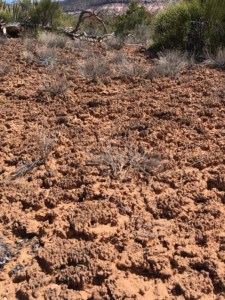
Cryptobiotic soil is made up of mosses, soil fungi, lichen, and green algae, but cyanobacteria make up most of the crust, maybe up to 95%. The cyanobacteria perform photosynthesis and fix nitrogen and carbon from the air providing food for the microbiome. Cyanobacteria are also the first organisms to have produced oxygen on earth. These bacteria are related to the blue-green phytoplankton that live our oceans that create the oxygen we breathe.
Scientist tell us that phytoplankton in our oceans are declining at about 1% per year and have declined about 40% since 1950 all due to global warming… a rise in ocean temperatures and increase in ocean acidity. These small micro-algae help sequester the massive amounts of CO2 we are spewing into our thin layer of air. They generate oxygen. They feed other marine species.
Like its cousin, cryptobiotic soil also has many connections. It helps trap moisture, it creates nutrients, and keeps the soil from blowing away in the wind. It is a soft fragile lumpy crust. An errant step and it might take 50 years to recover. It also may be threatened by global temperature increase. When phytoplankton sequester less CO2, the temperature of the earth increases and this also has a negative effect on cryptobiotic soil.
I am awestruck by the balance of the earth here in the desert. It is thousands of miles from the ocean, yet the processes are similar and connected. I am grateful for the tiny microorganisms that form the soil, feed the plants, and keep dust out of my eyes. Big things like Balanced Rock capture my immediate attention, but there is so much more going on. The moss and the lichen and the soil fungi and the cyanobacteria live in balance and pass this on to the grasses and the pinyons. They provide life for other species, including us.
When Balanced Rock falls, it will be conspicuous, and there will be no way to put it back. That would be unfortunate. But it reminds me, our world, like our cryptobiotic soil, is in much more delicate balance. When it overheats due to climate change, even a couple of degrees, and species can’t adapt, the consequences will be catastrophic. Each part of our world is dependent on another. Everything is connected. We forget this just looking at the big rock.
There is still time to tread carefully. To preserve the soils and the microbiome and the phytoplankton. But we need to act now. Or we will be crushed in the falling cascade of events. There is no life where there is no balance.
Drop me a line to learn how you can improve our climate balance.
Thanks for what you do.
Hobie,
‘We are all connected. Savor the Earth!’™
L. Hobart Stocking
SkyWaterEarth.com
hobart@skywaterearth.com
651-357-0110
Facebook: @SkyWaterEarthConnected
Twitter: @SkyWaterEarth

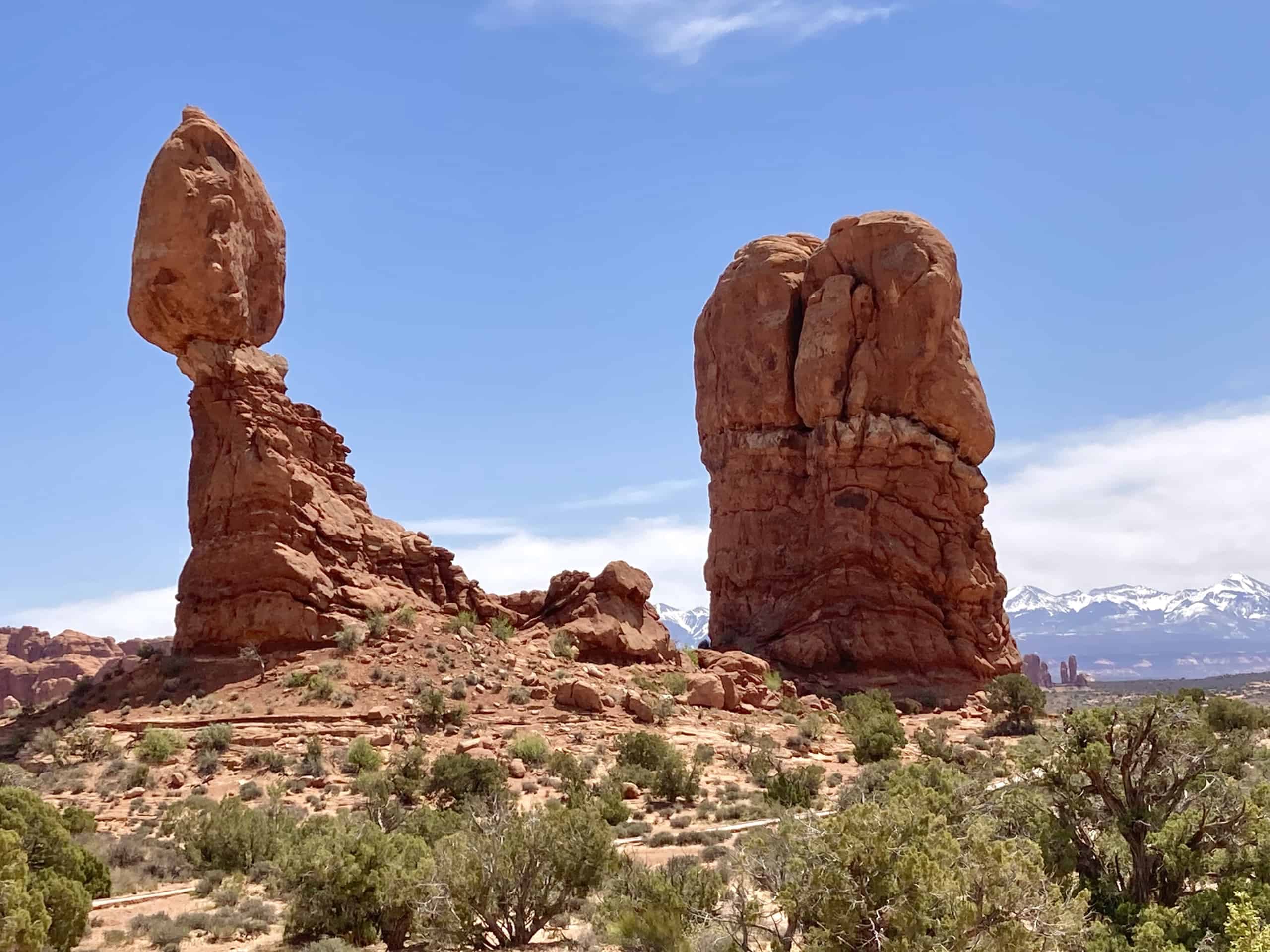
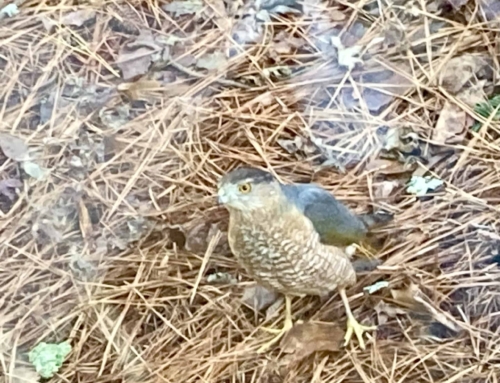
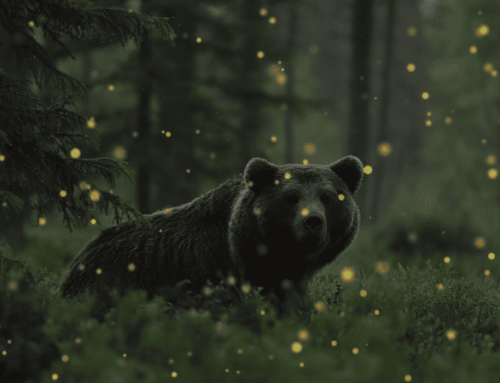
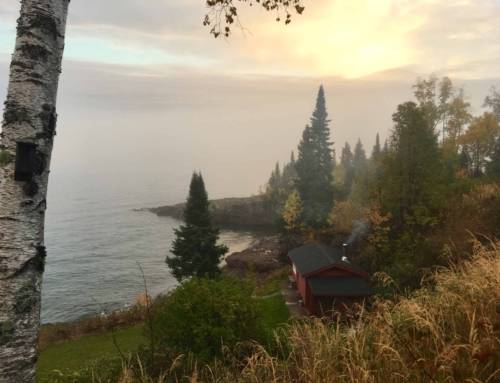
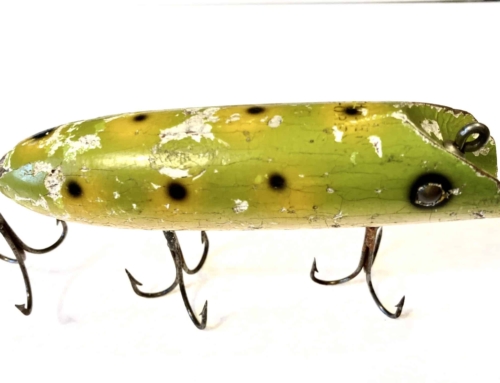
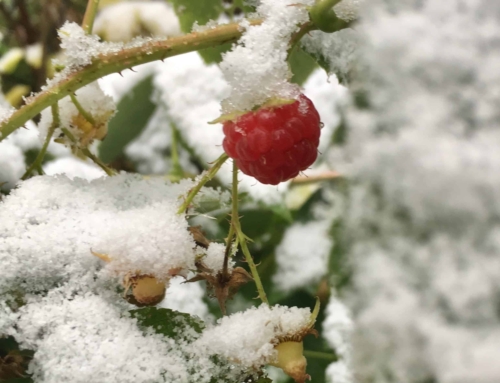
Leave A Comment